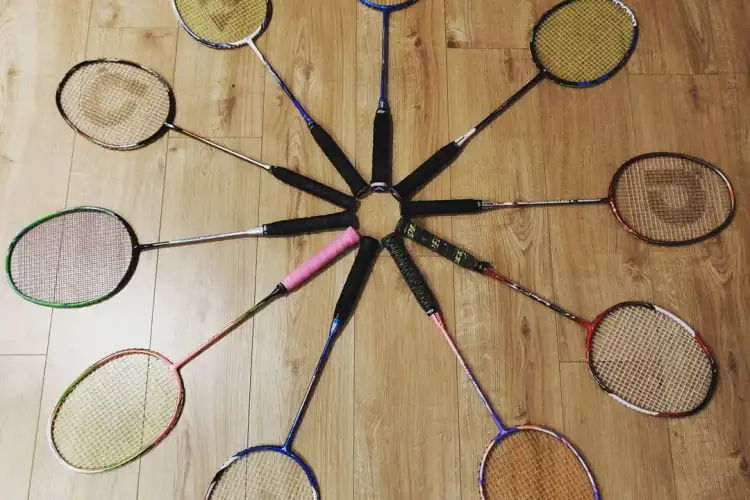Selecting the perfect badminton racket can be a challenging task, whether you’re upgrading from an old one, investing in your first high-end racket, or simply seeking a change. Here’s a guide to help you make an informed decision.
The Racket Selection Process
Many players believe that the newest racket from a leading brand, such as Yonex, which is often showcased at major events like the All England, is the best choice. While these models are high-quality, the ideal racket is highly personal and varies for each player.
Testing Rackets
One major difficulty is the inability to test rackets extensively before purchase. While you might borrow from friends or examine specifications, the true feel of a racket is subjective. Hands-on testing is the best way to determine if a racket suits you.
Key Considerations
Price Point
Racket prices can vary widely. A higher price doesn’t always mean a better racket. Many high-priced rackets have significant markups due to branding and marketing. Choose a racket that fits your budget and meets your specific needs.
Weight
Modern rackets are lighter compared to older wooden or steel models. Here’s how weight influences performance:
- Lightweight Rackets: These offer greater speed and maneuverability but might generate less power.
- Heavier Rackets: They provide more power but can be less maneuverable and cause more fatigue.
Racket weights are typically denoted by numbers (e.g., 2U, 4U), with most falling in the 3U to 4U range (80-90 grams).
Weight Distribution
The distribution of weight affects playability:
- Head Heavy Rackets: These have more weight in the head, aiding in power generation but can be less agile.
- Head Light Rackets: These are weighted more towards the handle, offering better maneuverability and faster racket head speed.
- Even Balanced Rackets: These provide a balance between power and speed.
Your choice should align with your playing style and preferences.
Grip Size
Grip size affects comfort and control. Racket grips are labeled from G1 (larger) to G5 (smaller). Most rackets come with a standard grip size, but adjustments can be made with overgrips or undergrips.
Shaft Flexibility
Racket shafts can be flexible or stiff:
- Flexible Shafts: Bend more during a swing, providing extra power, ideal for beginners.
- Stiff Shafts: Offer better control and are preferred by advanced players.
Choose the shaft flexibility based on your technique and playing style.
Racket Head Shape
Most modern rackets feature isometric heads, offering a larger sweet spot for better control and consistency. Oval head rackets, while less common, provide a smaller sweet spot with more concentrated power.
Additional Considerations
Consider your playing level and style when choosing a racket. Beginners might prefer flexible, slightly head-heavy rackets, while advanced players might opt for stiffer shafts for better control. Additionally, the demands of singles versus doubles play can influence your choice. Heavier rackets might be suited for singles, while lighter, more maneuverable rackets could be preferable for doubles.
Popular Brands
Several reputable brands offer a variety of racket models, including:
- Yonex
- Victor
- Li-Ning
- Apacs
- Babolat
Each brand provides a range of options tailored to different playing styles and preferences.
Conclusion
Finding the right badminton racket involves more than just selecting the latest model or the most expensive option. Consider your playing style, technique, and personal preferences. Testing different rackets and understanding their attributes will help you find one that enhances your game. The best racket for you is the one that feels right and suits your needs. Enjoy your game!

